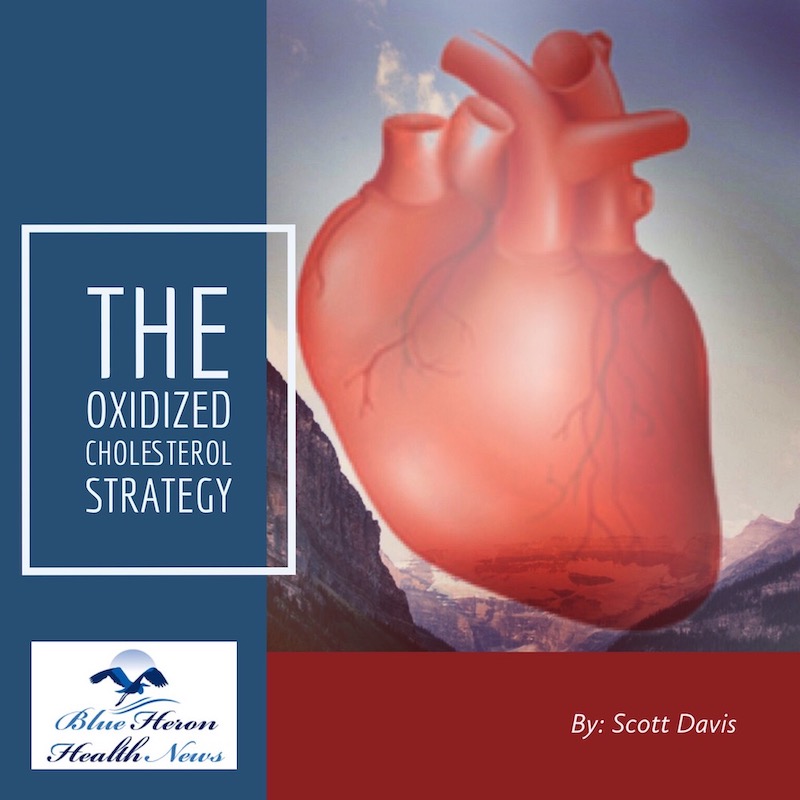
The Oxidized Cholesterol Strategy™ By Scott Davis The Oxidized Cholesterol Strategy is a well-researched program that reveals little known secret on how to tackle cholesterol plaque. This program will tell you step by step instructions on what you need to completely clean plaque buildup in your arteries so as to drop your cholesterol to healthy level.
How does smoking affect cholesterol oxidation?
Smoking has a significant impact on cholesterol oxidation, contributing to cardiovascular disease. Here’s a detailed explanation of how smoking affects cholesterol oxidation:
1. Increased Oxidative Stress
Production of Free Radicals
- Tobacco Smoke: Contains thousands of harmful chemicals, including free radicals and reactive oxygen species (ROS). When inhaled, these compounds increase oxidative stress in the body.
- Free Radical Generation: Smoking generates a high number of free radicals, which can directly oxidize LDL cholesterol.
Depletion of Antioxidants
- Antioxidant Depletion: Smoking depletes the body’s natural antioxidant defenses, such as vitamin C, vitamin E, and glutathione. This reduction in antioxidants leaves LDL cholesterol more vulnerable to oxidation.
- Impaired Antioxidant Enzymes: Smoking impairs the function of antioxidant enzymes like superoxide dismutase (SOD) and catalase, further reducing the body’s ability to neutralize oxidative stress.
2. Direct Oxidation of LDL Cholesterol
Oxidative Modification of LDL
- Oxidation of Lipids: The lipids in LDL particles are susceptible to oxidative modification by free radicals and ROS produced during smoking.
- Modification of Apolipoprotein B: Smoking-induced oxidative stress also modifies the apolipoprotein B (ApoB) component of LDL, making it more atherogenic.
3. Formation of Oxidized LDL (OxLDL)
Atherogenic Properties
- Foam Cell Formation: OxLDL is readily taken up by macrophages through scavenger receptors, leading to the formation of foam cells, which are a hallmark of atherosclerotic plaques.
- Endothelial Dysfunction: OxLDL contributes to endothelial dysfunction, a critical early step in the development of atherosclerosis. It promotes inflammation, increases vascular permeability, and induces the expression of adhesion molecules that attract monocytes to the endothelium.
4. Inflammatory Response
Pro-Inflammatory Cytokines
- Cytokine Production: Smoking stimulates the production of pro-inflammatory cytokines such as TNF-α, IL-1β, and IL-6. These cytokines further enhance the oxidative modification of LDL.
- Chronic Inflammation: The chronic inflammatory state induced by smoking promotes continuous oxidation of LDL and the progression of atherosclerosis.
5. Impact on Lipid Metabolism
Dyslipidemia
- Increased LDL Levels: Smoking is associated with higher levels of LDL cholesterol, providing more substrate for oxidation.
- Decreased HDL Levels: Smoking decreases levels of HDL cholesterol, which normally helps remove LDL from the bloodstream and protect against oxidation.
6. Cardiovascular Risk
Accelerated Atherosclerosis
- Plaque Formation: The presence of OxLDL accelerates the formation of atherosclerotic plaques, which can narrow and harden the arteries.
- Plaque Instability: OxLDL contributes to the instability of atherosclerotic plaques, making them more prone to rupture. Plaque rupture can lead to acute cardiovascular events such as heart attacks and strokes.
7. Synergistic Effects with Other Risk Factors
Combined Risk Factors
- Hypertension and Diabetes: Smoking exacerbates the effects of other cardiovascular risk factors like hypertension and diabetes, both of which are associated with increased oxidative stress and LDL oxidation.
- Obesity and Sedentary Lifestyle: When combined with smoking, these lifestyle factors further enhance oxidative stress and the risk of cardiovascular disease.
Conclusion
Smoking significantly increases oxidative stress in the body, leading to the oxidation of LDL cholesterol. This process contributes to the development and progression of atherosclerosis by promoting endothelial dysfunction, inflammation, foam cell formation, and plaque instability. Quitting smoking is crucial for reducing oxidative stress, lowering the risk of LDL oxidation, and preventing cardiovascular disease. Adopting a healthy lifestyle, including a diet rich in antioxidants, regular exercise, and smoking cessation, is essential for protecting against the harmful effects of oxidized cholesterol.
The Oxidized Cholesterol Strategy™ By Scott Davis The Oxidized Cholesterol Strategy is a well-researched program that reveals little known secret on how to tackle cholesterol plaque. This program will tell you step by step instructions on what you need to completely clean plaque buildup in your arteries so as to drop your cholesterol to healthy level.
